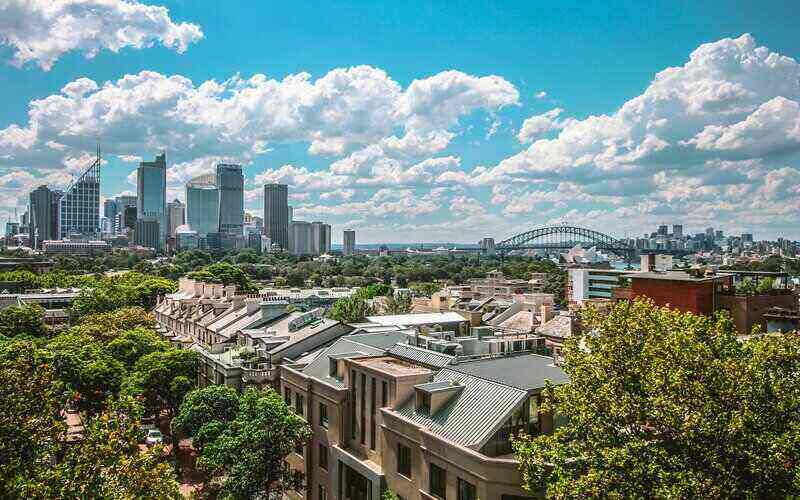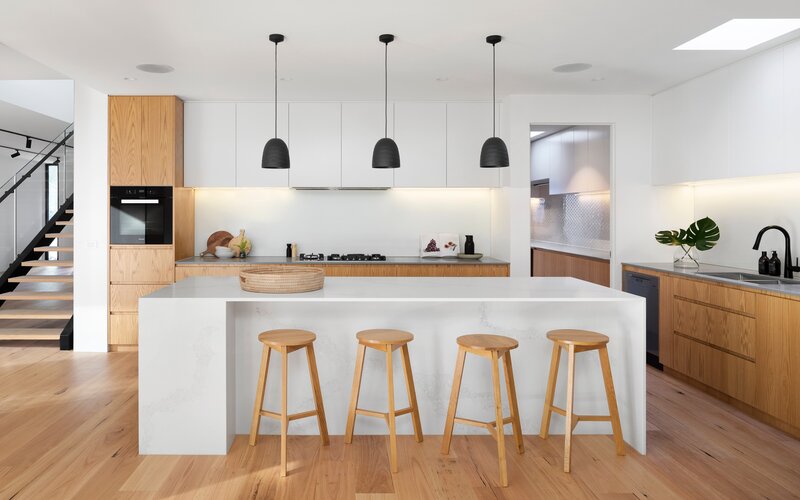According to Mortgage Choice home loan approval data, fixed-rate home loans only accounted for 14% of all loans written last month, the same proportion as the month prior.
Mortgage Choice CEO Susan Mitchell said despite extremely competitive pricing, borrowers were reluctant to lock in a fixed rate.
“The level of demand for fixed-rate home loans has not changed in four months and is significantly lower year on year,” Ms Mitchell said.
“In fact, fixed-rate loans accounted for a quarter of all home loan demand in October 2018.
“In the current low-rate environment, we are seeing interest rates on fixed-rate home loans fall below 3% p.a, which makes it even more surprising to see fixed rate demand hover at levels not seen in eight years.”
With the Reserve Bank widely tipped to cut the cash rate in February of next year, it would appear borrowers are betting they can get a lower rate still.
Demand for fixed-rate products varied across the country, with borrowers most likely to fix in New South Wales (18%), closely followed by South Australia (17%).
Borrowers in Victoria were the least likely to fix, with only 7% choosing to fix their loan.
Borrowers with a fixed or variable mortgage (%)
| NSW | VIC | QLD | SA | WA | |
| Variable | 82% | 92.6% | 85.4% | 82.6% | 92.2% |
| Fixed | 18% | 7.4% | 14.6% | 17.4% | 7.8% |
Source: Mortgage Choice
Ms Mitchell said she expected fixed-rate demand to remain unchanged into the new year.
“With such low-interest rates on offer, now could be a great time to lock into a fixed rate home loan or make the decision to fix part of your home loan so can enjoy the best of both worlds.
“Ultimately, the answer to the fixed versus variable debate will come down to each borrower’s unique financial situation, needs and long-term goals.
Those seeking the comfort of home loan repayment certainty would benefit from a fixed rate, she said.
“That being said, if you want to take advantage of rate drops, a variable rate home loan might be a more suitable choice.”
“We have seen variable rate home loan interest rates fall significantly off the back of three cash rate cuts from the Reserve Bank of Australia.
“If the RBA cuts the cash rate again, we could see variable rates drop even further.”
New lending to households has risen
The new value of seasonally adjusted lending commitments to households rose 1.1% in September 2019, according to the Australian Bureau of Statistics (ABS).
The September increase follows a 3.8% rise in August and a 4.2% rise in July.
ABS Chief Economist Bruce Hockman said this was the fourth straight month the value of new lending commitments to households had risen.
“The renewed growth in household lending commitments continues to be spurred on by new commitments for owner occupier dwellings, which rose 3.2% in September,” Mr Hockman said earlier this month.
The number of loans to first home buyer owner-occupiers fell for the first time this year, down 1.9%.
However, compared to September 2018, commitments were up 6.8%.
New lending commitments for investment dwellings fell 4.0%, following three straight months of rises, driven by 6.5% and 7.0% falls in Victoria and Queensland respectively.

Ready, Set, Buy!
Learn everything you need to know about buying property – from choosing the right property and home loan, to the purchasing process, tips to save money and more!
With bonus Q&A sheet and Crossword!



 Denise Raward
Denise Raward
 Harrison Astbury
Harrison Astbury
 Harry O'Sullivan
Harry O'Sullivan
 Alex Brewster
Alex Brewster
 Rachel Horan
Rachel Horan

